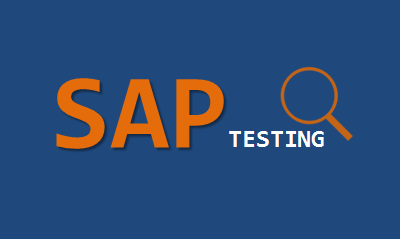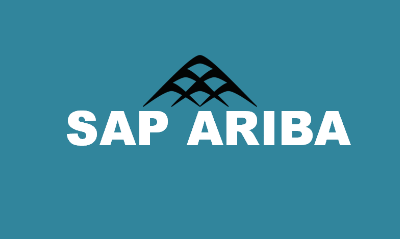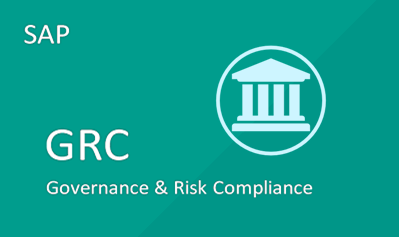Android Application Development Course Training by Experts Learn Online Android Apps Development Training Classes ✓Material ✓Best Institute Hyderabad Bangalore Chennai USA and Australia ✓Pay in Installments* ✓Free Demo ✓Job Support ✓Tutorial Videos
Android Application Development Course Content
- Overview of Android
- Java Editions and comparison with Android
- Android Apps – Design, Vendor, Behavioral Classification
- Android Architecture Overview
- Application Frameworks
- Android Libraries
- Android Runtime, Dalvik Virtual Machine
- Setup of Android Development Environment
- Java, Eclipse and Android SDK Installation
- Android SDK & Tools
- Android Virtual Devices & Device Definitions
- Your Android Application
- Using PhotoShop for Graphic Designing
- Android Application Wireframes (screens)
- Your First Android Application
- Creating Configurations
- Testing the app : AVD, Active device
- Android Project Structure
- Android Manifest file
- Release process & Release build of Android Application
- Signing the .apk file
- Preparing the Store Listing page
- Content Rating
- Distributing the Application
- Merchant Registration for Paid Applications
- About XML – approach to design layouts
- Views and Layouts
- View properties
- Linear Layout vs. Relative Layout vs. Frame Layout vs. Absolute Layout
- Localization of UI
- Best practices for targeting various form factors: phone, tablet, TV
- Best practices when working designing Android UI
- Creating a Test Project for Android project
- Working with Test Packages
- Writing test cases
- Designing fragments
- Fragments lifecycle
- Fragment management and integration
- Creating the Activity
- XML versus Java UI
- Selection Widgets, Using fonts
- Common UI components
- Handling UI events: a bit about listeners
- Adapters
- Complex UI components
- Menus and Dialogs
- Tabbed Activities
- Navigation Drawer
- Animations
- Create activity layouts programmatically
- Testing and optimizing UI
- What is material ?
- Material properties
- Material Styling / Animations
- Material Patterns
- Overview of Android Resources
- Creating Resources
- Using Resources
- Drawable Resources
- Animation Resources
- Broadcast receiver usage patterns: when and why to use them
- Implementing a broadcast receiver
- Registering a broadcast receiver via the manifest file
- Registering a broadcast receiver programmatically
- Overview of Android services
- Service lifecycle
- Declaring a service
- Registering a service
- Starting and stopping a service
- Threads and other concurrency considerations with services
- Bound versus unbound services
- Remote versus local services
- Working with Intents
- Explicit and implicit intents
- Using Intents as messaging objects
- Intents to start components expecting results
- Storage Model selection criteria
- Shared preferences
- Internal Storage – Files
- External Storage – SD Card
- Testing the created files, tools
- Introducing SQLite
- SQLiteOpenHelper and creating a database
- Opening and closing a database
- Working with cursors
- Inserts, updates, and deletes
- Content provider types
- Searching for content
- Adding, changing, and removing content
- Native Android Content Providers
- Accessing Contact Book, Calendar
- Custom Content Provider classes
- Publishing content providers
- Understanding Web Services
- Web Services Architecture
- Building Server side components
- Publishing web services
- REST based web services
- Accessing Web Services
- Integrating Web Services with mobile client
- Overview of networking
- Checking the network status
- Checking the web service status
- Working with HTTP to access the web services
- Document Object Model ( DOM )
- Simple API for XML ( SAX )
- JavaScript Object Notation ( JSON )
- Parsing XML and JSON
- Using Location Manager, Location Provider
- GPS and Network based tracking
- Testing the application using KML files
- Simulation of the locations on the active device
- Location Listeners and Proximity Alerts
- API Version 2 of Google Maps
- User Interface – MapFragments
- API key generation
- Registrations in the manifest file
- Google Map, Camera Positions
- Adding Markers, Circles, Polylines
- Google Maps Directions API
- Telephony background
- Accessing telephony information
- Monitoring data activity and connectivity
- Working with messaging SMS
- Playing Audio & Video
- Recording Audio & Video
- Customizing Camera & Capturing Photos
- Voice Recognition
- Text To Speech
- Controlling local Bluetooth device
- Discovering and bonding with Bluetooth devices
- Managing Bluetooth connections
- Communicating with Bluetooth
- Facebook Integration
- Logcat
- Debugger
- Traceview
- HierarchyViewer
- Monkey Runner
- UIAutomator







